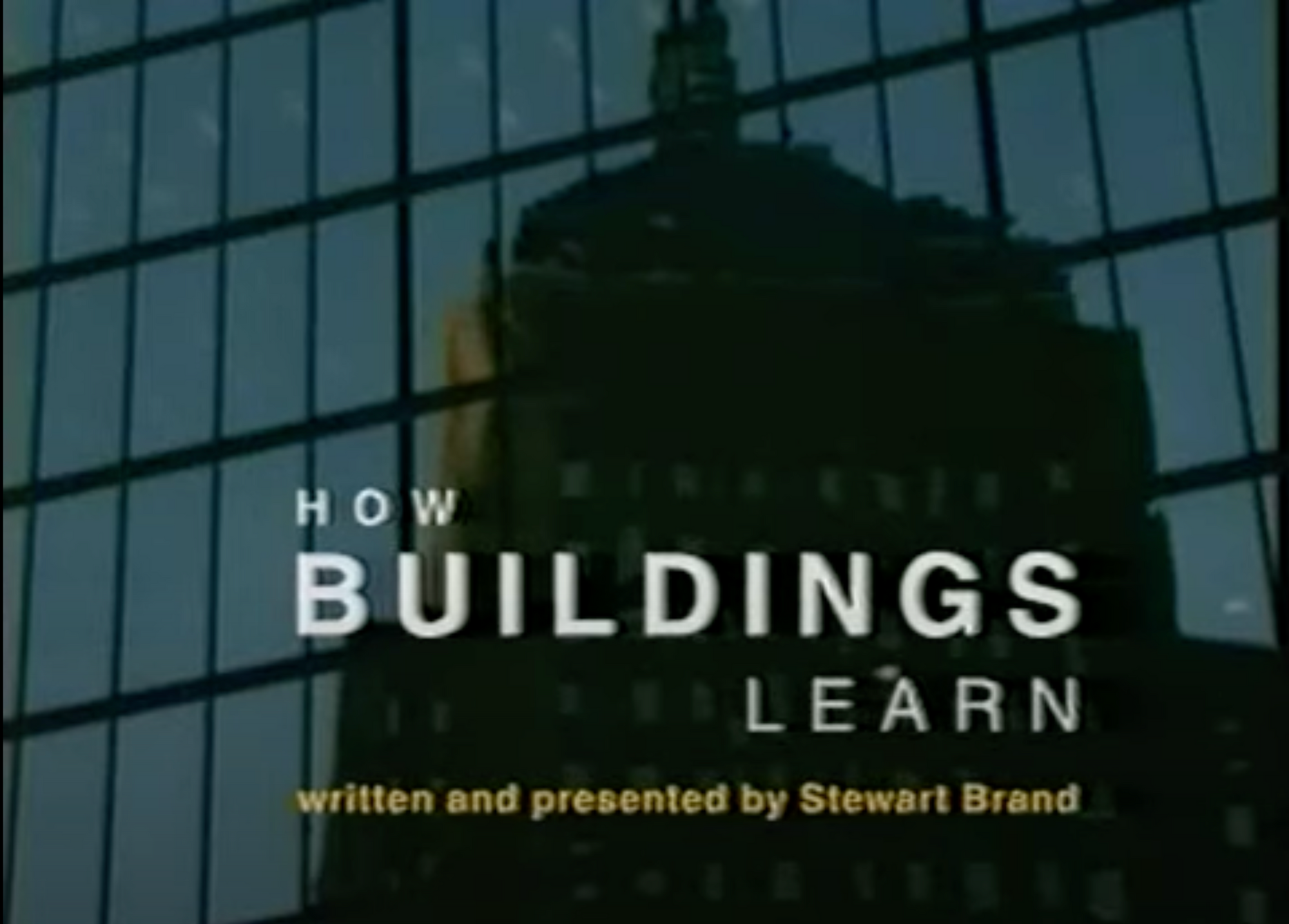After Watching: How Buildings Learn

Austin Kleon mentioned ‘Low Road’ buildings in his latest newsletter, which sent me searching for what the heck that meant. I found the How Buildings Learn series by Stewart Brand, uploaded to YouTube in all its 1990s glory.
It’s so slow. Methodical. Stabilizing.
And after the first couple episodes, you realize that the pace isn’t lazily sluggish, but measuring your attention twice and cutting a new angle once. It’s a mirror of the practices it tries to reveal to you as quietly celebrated.
The series drives home, with so many modern and historical examples, that the fight for buildings to stand perfectly suited for their intended purpose (and to remain that way) is a fool’s errand. The correct way to build for human life is to leave open the future adaptations that always come with human life incorporating into a space. And it encourages the inhabitant to actively shape their environment, rather than passively succumbing to earlier or incorrect expectations.
All buildings are predictions.
All predictions are wrong.
Most buildings are designed NOT to adapt well; designed NOT to change.
But all buildings adapt anyway, because the people inside them are constantly changing.
I hear echoes of Systemantics, and echoes of software design experience.
It wasn’t until a couple days after finishing the series that I connected a couple more dots: one of the featured architects and builders in the series was Christopher Alexander and I had greatly enjoyed his stories and evolutionary architecture thinking. His book, The Timeless Way of Building, is one I recently purchased after being recommended it from afar multiple times. It’s soon up on the bookshelf and I’m excited to hear more.
🍃
More notes in the notes garden.
Reference
| ← Previous | Next → |
| Note on 2022 in Review. via Irrational Exuberance | Fitbod - Hamstrings, Shoulders, Biceps, Abs |